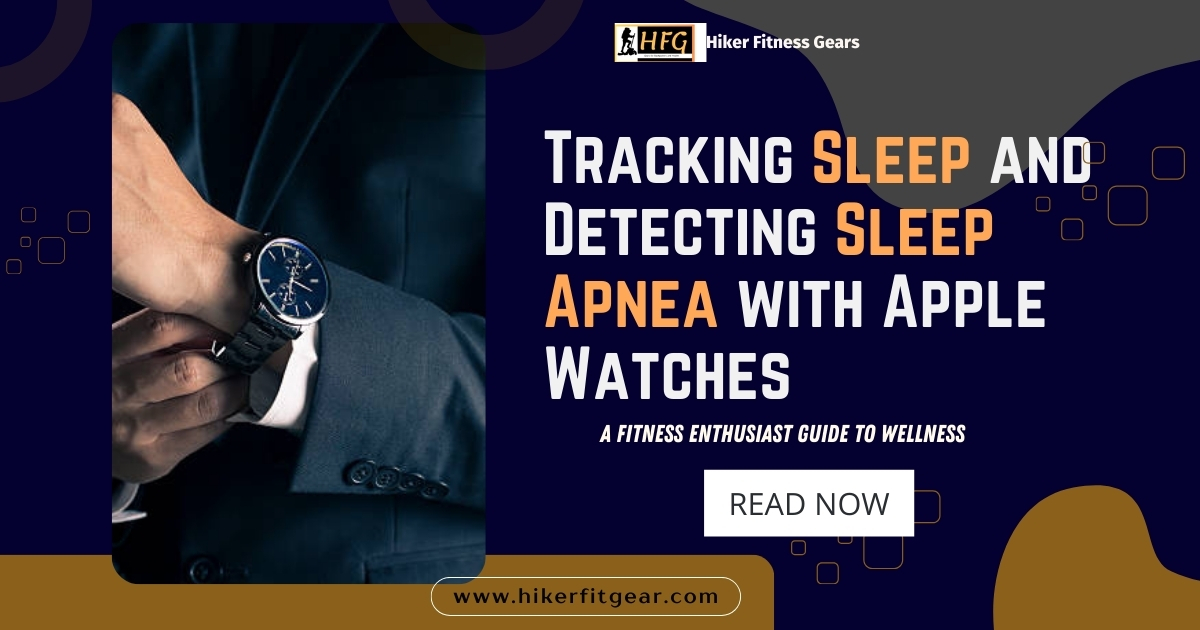A Fitness Enthusiast Guide to Wellness
As a health-conscious individual, you’re always looking for ways to improve your sleep quality. After all, sleep is essential for both our physical and mental well-being.
That’s why you’re excited about Apple Watches’ sleep-tracking capabilities. With its advanced sensors, the Apple Watch can track your sleep patterns, identify potential sleep apnea episodes, and provide you with insights into your overall sleep health.
So, if you’re ready to learn more about how your Watch can help you get a better night’s sleep, keep reading!
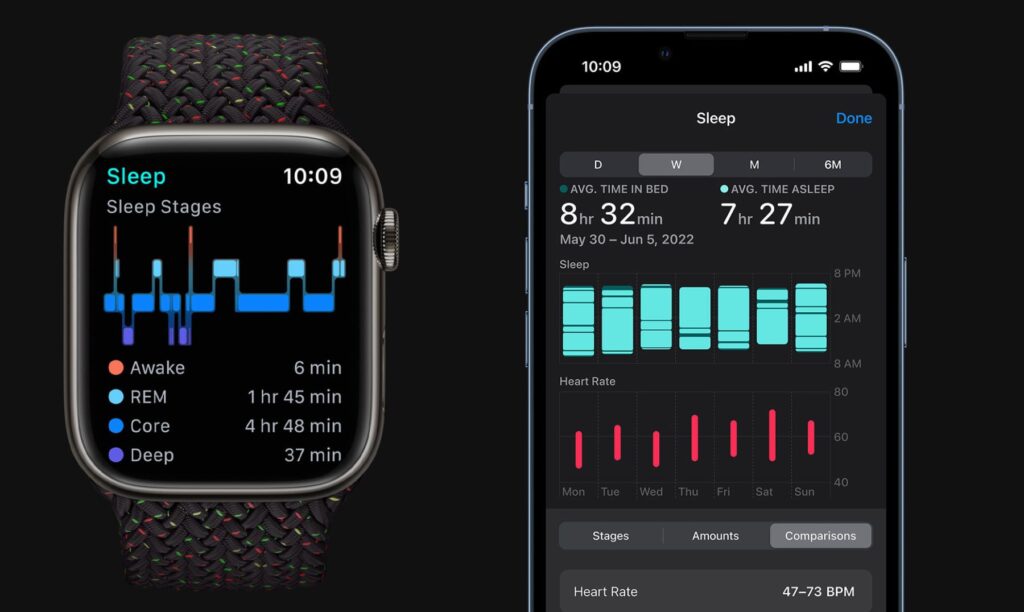
Table of Contents
How Do Apple Watches Track Sleep and Detect Sleep Apnea?
Apple Watches can track your sleep and detect sleep apnea. In this blog post, we’ll explain how the Apple Watch tracks sleep, how it detects sleep apnea, and what you can do with the information it collects.
By the end of this blog post, you’ll have a good understanding of how your Watch can help you improve your sleep. We’ll also provide some tips on how to get the most out of the sleep-tracking features.
So, whether you’re just curious about how Apple Watches track sleep or you’re looking for ways to improve your own sleep, read on! We’ll cover everything you need to know in this easy-to-follow guide.
Apple Watch: A Fitness Enthusiast’s Dream
Apple Watch has become a household name in the world of fitness tracking and health monitoring. With its sleek design, user-friendly interface, and vast array of features, it’s no wonder why it has gained such immense popularity among fitness enthusiasts, backpackers, and health-conscious individuals alike.
The Watch offers a comprehensive suite of fitness-tracking capabilities, including heart rate monitoring, step counting, calorie tracking, and GPS tracking for outdoor activities. It also integrates seamlessly with the Health app on iPhone, allowing users to track their overall health and wellness goals in one central location.
Backpackers and outdoor adventurers have also embraced the Watch for its versatility and convenience. Its built-in GPS allows them to navigate unfamiliar trails and keep track of their progress. The long battery life ensures that it can keep up with even the most extended adventures.
Why Apple Watch’s Sleep Tracking and Sleep Apnea Detection is Important
Apple Watch’s sleep tracking and sleep apnea detection features can be invaluable for improving your health and well-being. Here are some of the key reasons why these features are so important: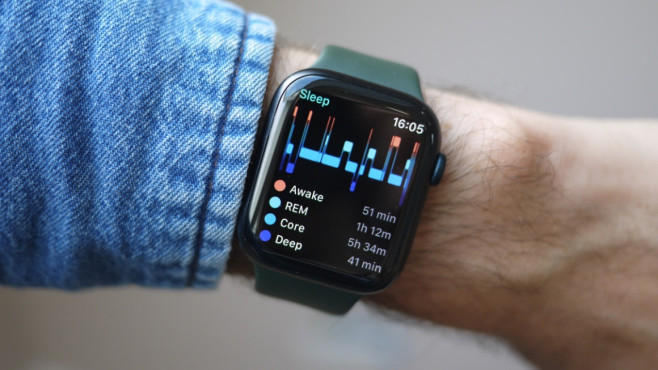
- Improved sleep quality: By tracking your sleep patterns, your Watch can help you identify areas where you can improve your sleep quality. For example, you may learn that you’re not getting enough deep sleep, or that you’re waking up too often during the night. This information can help you make changes to your sleep routine, such as going to bed earlier or avoiding caffeine before bed.
- Early detection of sleep apnea: Sleep apnea is a serious condition that can lead to heart disease, stroke, and other health problems. Apple Watch can detect sleep apnea by monitoring your breathing patterns during sleep. If you’re at risk for sleep apnea, Apple Watch can alert you so that you can get tested and treated.
- Peace of mind: Knowing that your Apple Watch is monitoring your sleep can give you peace of mind. If you’re concerned about your sleep quality or sleep apnea, Apple Watch can provide you with valuable information that can help you take steps to improve your health.
Apple Watch‘s sleep tracking and sleep apnea detection features are powerful tools that can help you improve your health and well-being. By providing you with valuable information about your sleep patterns, your watch can help you identify areas where you can make changes to get a better night’s sleep.
How to Track Sleep and Detect Sleep Apnea with Apple Watch
Step 1: Enable Sleep Tracking
- Open the Health app on your iPhone.
- Tap the “Sleep” tab.
- Toggle on the “Track Sleep” switch.
Step 2: Set Up Sleep Schedule
- Tap “Edit Sleep Schedule.”
- Set your desired bedtime, wake-up time, and weekend schedule.
Step 3: Wear your Watch to Bed
- Charge your Apple Watch before bedtime.
- Ensure the watch is snugly fitted on your wrist for accurate heart rate and motion tracking.
Step 4: Monitor Sleep Patterns
- The Health app will automatically track your sleep duration, quality, and sleep stages (light, deep, REM).
- You can view your sleep data in the “Sleep” tab.
Step 5: Detect Sleep Apnea
- Apple Watch can detect potential signs of sleep apnea, such as:
- Frequent pauses in breathing (apneas)
- Loud snoring
- Significant drops in blood oxygen levels
- To enable this feature:
- Open the Health app on your iPhone.
- Tap the “Sleep” tab.
- Toggle on the “Track Sleep Apnea” switch.
Step 6: Review Sleep Apnea Results
- The Health app will notify you if it detects potential sleep apnea.
- You can view more detailed results, including the number of apneas and your blood oxygen levels, in the “Sleep” tab.
Step 7: Consult a Healthcare Professional
- If the Health app detects potential sleep apnea, it’s important to consult a healthcare professional for further evaluation.
- They can determine if you have sleep apnea and recommend appropriate treatment options.
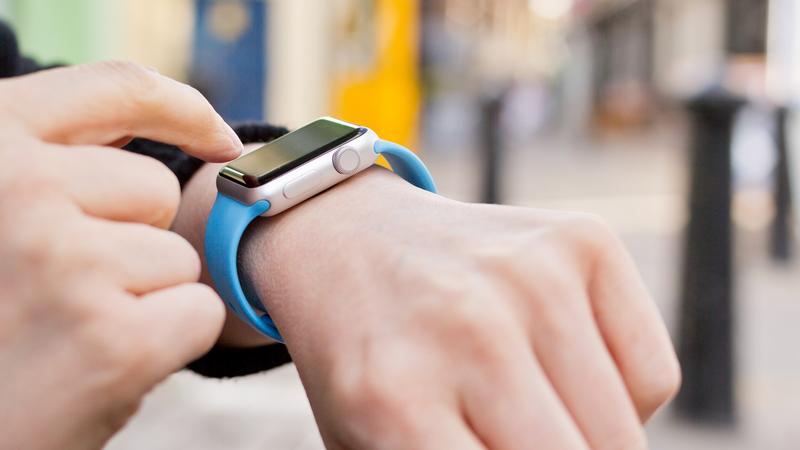
Benefits of Tracking Sleep and Detecting Sleep Apnea with Apple Watch
Apple Watch has revolutionized the way we track our health and well-being, offering a comprehensive suite of features that monitor our sleep patterns and detect potential sleep disturbances. By successfully performing the steps outlined in the previous section, you can harness the power of this technology to unlock a range of benefits.
Enhanced Sleep Tracking for Optimal Rest
- Detailed Sleep Analysis: Your Watch can track your sleep duration, quality, and stages, providing valuable insights into your sleep patterns. This information helps you identify areas for improvement, such as getting enough REM sleep or reducing nighttime awakenings.
- Personalized Sleep Goals: Based on your sleep data, the Apple Watch suggests personalized sleep goals to optimize your rest. By setting and achieving these goals, you can establish a consistent and healthy sleep routine.
- Improved Sleep Hygiene: Your Watch can remind you to wind down before bed, avoid caffeine before sleeping, and create a conducive sleep environment. These reminders promote healthy sleep habits and support restful nights.
Early Detection of Sleep Apnea
- Potential Apnea Identification: Apple Watch uses sensors to monitor your breathing patterns during sleep. If it detects potential pauses in breathing, indicative of sleep apnea, it will notify you.
- Early Intervention: Early detection of sleep apnea is crucial for managing this condition effectively. By recognizing the signs and symptoms through your Watch, you can seek medical attention promptly.
- Improved Treatment Outcomes: Accurate diagnosis and timely intervention for sleep apnea lead to better treatment outcomes. By using your Watch to track your sleep and detect potential apnea, you can proactively address this condition and improve your overall health.
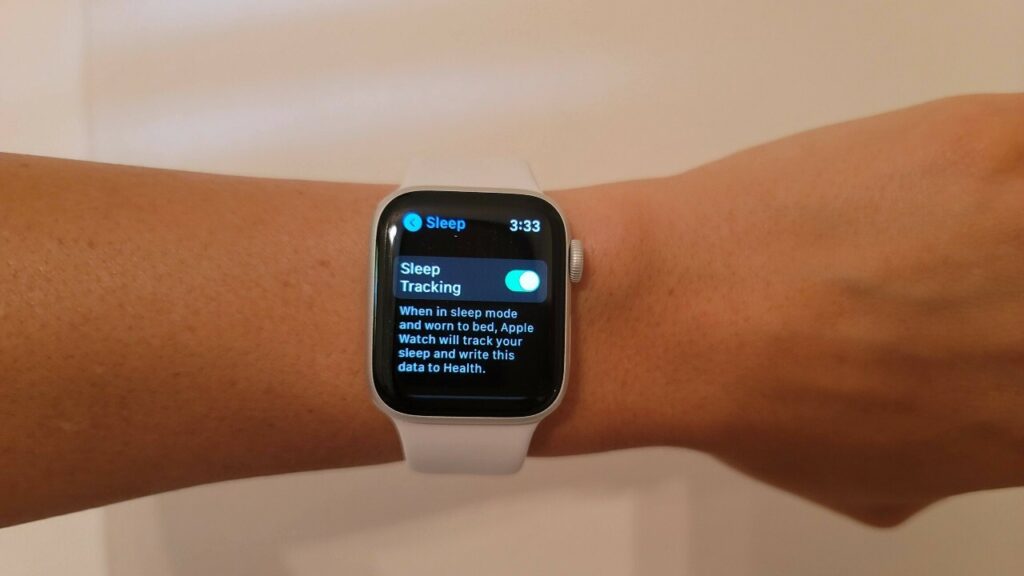
Additional Benefits
- Holistic Health Monitoring: Apple Watch integrates with other health features, such as heart rate tracking and fitness monitoring, providing a comprehensive view of your overall health.
- Motivation and Accountability: The Apple Watch tracks your progress towards sleep goals, motivating you to maintain healthy sleep habits and prioritize rest.
- Convenience and Accessibility: The Apple Watch is a wearable device that you can take with you wherever you go, ensuring continuous sleep tracking and health monitoring.
By leveraging the sleep tracking and apnea detection capabilities of Apple Watch, you can gain valuable insights into your sleep patterns, identify potential health concerns, and take proactive steps to optimize your rest and well-being.
If you need to reset your device, check out our guide on how to erase your Apple Watch. This step-by-step tutorial will walk you through the process of erasing all data from your Apple Watch, preparing it for a fresh start or for transferring to a new owner.

My name is Oje and I’m obsessed with finding the latest tech gear to help people track progress and solve problems more efficiently. I spend countless hours researching and testing innovative apps, wearables, and devices for fitness, health, productivity, and more.
